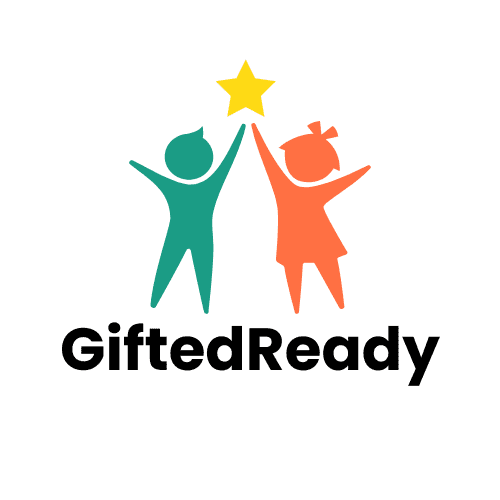MAP 2nd Grade Practice Test & Expert Prep - Boost Your Scores in Math, Reading & Language
Every hour of practice brings your child closer to success.
- Start with a Free Practice Test: Get a feel for the exam and identify weaker areas with our free MAP 2nd Grade practice test below.
- Ready for More? Unlock the complete practice package with 21 practice tests and over 420 questions designed to enhance your child’s performance.
So, let’s work together to ensure your child excels on the test!

Hey there! Do you have a question about the test or our practice package? Email me at roman@staggingapps.website. I'm here to help your child succeed!
Free MAP 2nd Grade Practice Test (Math, Reading, and Language Usage)
Explore the sample questions below, carefully selected from our complete practice package.
These examples will help your child become familiar with the types of questions they may encounter on the test.
The 2nd grade MAP assessment consists of three sections: Math, Reading, and Language Usage (also referred to as Language Arts or ELA). Each section contains between 43 and 53 questions.
(We’ll take a closer look at each section later on this page.)
The MAP test is untimed and adaptive, meaning the difficulty level adjusts based on your child’s responses.
When a question is answered correctly, the following question will be more difficult. If a response is incorrect, the next question will be slightly easier.
The test generally categorizes questions into three levels: below grade level, at grade level, and above grade level.
The practice questions below are grouped according to these difficulty levels, to provide a clear understanding of this progression
Important Note:
Students in 2nd grade take the MAP Growth 2-5 test, marking a significant shift from the MAP Growth K-2 assessment.
In the K-2 version, most questions are audio-recorded to accommodate early readers. However, in the 2-5 test, students must read all questions independently.
If your child cannot read yet, they will likely take the MAP K-2 test, especially if it’s their first testing term.
For more details and practice questions for the MAP K-2, visit our in-depth MAP 1st Grade test guide.
NWEA MAP 2nd Grade Math Practice Questions
The MAP Math test for 2nd grade checks your child’s math skills and problem-solving abilities. It helps ensure they’re building a strong foundation for future math learning.
Here are some of the skills that are evaluated on the 2nd grade MAP Math test:
| Operations and Algebraic Thinking | Number and Operations | Measurement and Data | Geometry |
| Addition and subtraction | Place value | Counting, adding, subtracting, and exchanging money | Naming and identifying polygons |
| Word problems – addition and subtraction | Addition and subtraction with three-digit numbers | Reading clocks and writing time | Identifying and comparing three-dimensional shapes |
| Multiplication | Basic fractions | Measure units | Identifying and making fractions (halves, thirds, fourths) |
| Arrays | Number lines | Create and interpret bar graphs | Count and compare sides and vertices of shapes |
Below-Grade-Level Sample Question
If your child answers a few questions incorrectly, the next question they will receive will be below grade level. Here’s an example of such a question:
Which set shows an even number of flowers?

Show Answer
Answer: C
By counting the flowers in each set, we get the following numbers:
Option A: There are five flowers.
Option B: There are three flowers.
Option C: There are six flowers.
Option D: There are seven flowers.
An even number can be divided into two equal groups without any leftovers. The number 6 (option C) can be split into two groups of 3 flowers each, so 6 is an even number.
The other options (5, 3, and 7) are odd numbers because you can’t divide them into two equal groups without leftovers.
At-Grade-Level Sample Question
If your child answers a below-grade-level question correctly, the next question will be slightly harder – at grade level. Here’s an example:
This morning, Sarah reads a book. She checked the clock when she started and finished reading. How long did she spend reading the book?
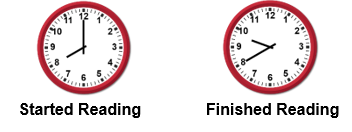
A) 30 minutes
B) 1 hour
C) 1 hour & 30 minutes
D) 1 hour & 40 minutes
Welcome to your go-to practice resource for the 2025 NWEA MAP 2nd Grade Test!
To maximize your child’s scores, help them excel academically, and secure their spots in desired programs, we have designed an effective preparation process that has helped countless students succeed:
Show Answer
Answer: D
Sarah started reading at 8:00. On an analog clock, 8:00 is when the hour hand points to 8 and the minute hand points to 12.
Sarah finished reading at 9:40. On the clock, the hour hand will be a bit past 9 (since it’s 40 minutes after 9:00), and the minute hand will be on the 8 (because every number corresponds to 5 minutes, so 8 represents 40 minutes).
Calculate the Time Difference:
From 8:00 to 9:00, there is 1 hour.
From 9:00 to 9:40, there are 40 minutes.
Combine the Time:
1 hour + 40 minutes = 1 hour and 40 minutes.
Sarah spent 1 hour and 40 minutes reading the book.
Above-Grade-Level Sample Question
These questions are more challenging for children in Grade 2 and are taken from the pool of questions for 4th-5th grade.
Here’s an example:
Analyze the pattern below.

There are two alternating shaded parts in each pattern in a clockwise direction. What is the next shape following this pattern?

Show Answer
Answer: C
Since the pattern follows a clockwise direction with two alternating shaded parts in each pattern, the next shape should be the shape in Option C. In each pattern, the last shaded part will be the starting shaded part in the next pattern.
How Our 2nd Grade MAP Practice Boosts Your Child’s Scores
- Aligned to NWEA Topics: Every question matches the exact skills listed by NWEA for 2nd graders.
- Common Core Accuracy: Cross-referenced with official Common Core standards, ensuring your child practices exactly what's required.
- Targeted by Difficulty: Questions cover below-grade, at-grade, and above-grade levels, mapped precisely to official NWEA RIT norms, helping your child build skills progressively.
- Detailed Explanations for Better Learning: Step-by-step explanations help your child understand each question thoroughly.
- Full-Length Practice Tests: Includes practice tests with 43 to 53 questions, closely mirroring the structure and length of the actual MAP assessment, ensuring comprehensive readiness.
This process ensures focused, relevant, and meaningful practice, boosting your child’s confidence and skills for test day.
NWEA MAP 2nd Grade Reading Practice Questions
The MAP Reading Test helps assess your child’s reading comprehension and ability to understand different types of texts.
Below are some of the skills that are evaluated on the 2nd grade MAP Reading test:
| Literary Text | Informational Text | Vocabulary |
| Identify story elements | Determine the topic and purpose of informational passages | Use context to identify the meaning of a word |
| Order events in a story | Compare and contrast in informational passages | Determine the meaning of words with prefixes and suffixes |
| Match cause and effect | Identify the purpose of a text | Form and use compound words |
| Draw inferences from a text | Determine the main idea of a passage | Find synonyms and antonyms |
Below-Grade-Level Sample Question
Read the passage:
A family of squirrels lived high in a tall oak tree. They loved their cozy nest, hidden safely in the branches. Every morning, they would go out to search for food, gathering acorns and berries. The youngest squirrel, Sammy, was always curious and full of energy. One day, he wandered too far from the tree and got lost. His mother searched everywhere until she finally found him by a bubbling creek. She reminded Sammy that he needed to stay close to home, and Sammy promised to be more careful.
What lesson did Sammy learn?
A. Not to go out in the rain
B. Not to play with other animals
C. To only eat acorns
D. To stay close to home
Show Answer
Correct Answer: D. To stay close to home
Sammy learned that it’s important to stay close to home, so he can be safe. He got lost because he went too far, and his mother had to search for him. The other options don’t match the main lesson of staying close to family.
At-Grade-Level Sample Question
Read the sentence.
The giant panda moved sluggishly through the bamboo forest, while the red fox darted swiftly between the trees.
Which word is an antonym of “sluggishly” as used in the sentence?
A) Slowly
B) Swiftly
C) Quietly
D) Clumsily
Show Answer
Correct Answer: B) Swiftly
Explanation: Sluggishly means moving slowly, while swiftly means moving quickly. These two words have opposite meanings, making swiftly the correct antonym.
Above-Grade-Level Sample Question
Read the passage.
Shana was excited about her first swimming competition. She practiced for weeks, perfecting her strokes and timing. On the day of the event, as she stood at the edge of the pool, her excitement turned into nervousness. Her hands trembled, and her heart raced as the whistle blew. But once she dove into the water, Shana felt a sense of calm. She focused on each stroke, pushing herself to swim faster. When she touched the wall and turned to see her time, Shana’s face lit up with joy—she had won first place!
How does Shana feel during the story?
A) She is upset and disappointed.
B) She is bored and uninterested.
C) She is excited, nervous, and then joyful.
D) She is scared and refuses to compete.
Show Answer
Correct Answer: C)
She is excited, nervous, and then joyful.
Explanation: At first, Shana is excited, but when the competition starts, she feels nervous. After she swims well and wins, she feels happy and joyful. This shows how her emotions change during the story.
NWEA MAP 2nd Grade Language Usage Practice Questions
The MAP Language Usage test evaluates students’ proficiency in key areas of language arts (ELA). It focuses on grammar, mechanics, and writing elements.
Below are some of the skills that are evaluated on the 2nd grade MAP Language Usage test:
| Language: Understand, Edit for Grammar, Usage | Language: Understand, Edit for Mechanics | Writing: Write, Revise Texts for Purpose and Audience |
| Identify and use singular and plural nouns (including irregular plurals) | Use capitalization correctly | Choose topic sentences for paragraphs |
| Form and use regular and irregular past tense | Form and use apostrophes in various scenarios | Use conjunctions and linking words |
| Choose between adjectives and adverbs | Identify and use correct spelling | Combine and rewrite sentences |
| Identify complete sentences, fragments, and run-on sentences | Format greetings and closings of letters | Complete fact and opinion sentences |
Below-Grade-Level Sample Question
Rearrange these words to make a sentence: books / like / to / I / read
A. Books I like to read.
B. I read to books like.
C. To read books I like.
D. I like to read books
Show Answer
Correct Answer: D. I like to read books.
The correct sentence is “I like to read books.” It follows the correct word order in English: subject (I), verb (like), and object (to read books).
The other options mix the words in an order that doesn’t make sense. Proper word order helps sentences sound clear and correct.
At-Grade-Level Sample Question
Which word shows the correct plural form of a word that ends in -y?
A. City → Citys
B. Baby → Babys
C. Party → Parties
D. Candy → Candys
Show Answer
Correct Answer:
C. Party → Parties
When a word ends with a consonant + y (like “party”), we change the “y” to “i” and add -es to make it plural. So, “party” becomes “parties.” For example, “baby” becomes “babies.”
However, if the word ends in a vowel + y (like “toy”), we simply add s to make it plural (toys). This rule helps us spell plurals correctly.
Above-Grade-Level Sample Question
Which sentence is punctuated correctly?
A) John lives at 123 Maple Ave, Springfield, IL 62704.
B) John lives at 123 Maple Ave Springfield, IL 62704.
C) John lives at 123 Maple Ave, Springfield IL, 62704.
D) John lives at 123 Maple Ave Springfield IL 62704.
Show Answer
The correct answer is (A).
In addresses, commas are required to separate the street, city, and state.
Answer (B) is incorrect because there is no comma between the street and the city.
Answer (C) is incorrect because there is no comma between the city and the state.
Answer (D) is incorrect because it’s missing two commas – between the street and the city and between the city and the state.
Maximize Your Child's Scores with the Complete MAP Practice Package
Give your child the support they need to succeed on the 2nd Grade MAP Test with a practice package that builds confidence, sharpens essential skills, and prepares them for test day and admissions requirements.
What’s Inside:
3 Full-Length Practice Tests & 18 Targeted Quizzes
With 420+ questions covering Math, Reading, and Language Usage, your child will gain familiarity with the test format while strengthening their skills and closing learning gaps.
Practice That Meets Your Child’s Level
The quizzes cover different difficulty levels, ensuring your child builds on what they know while tackling new challenges at a comfortable pace.
Step-by-Step Explanations for Every Question
Learning from mistakes is essential. Every question comes with a clear, age-appropriate explanation to reinforce understanding and boost confidence.
Score Reports to Guide Improvement
Stay informed about your child’s strengths and identify areas needing extra attention with easy-to-read score reports.
Designed by Educators & Test Prep Experts
Created by experienced teachers, this package aligns with the MAP test and Common Core standards, ensuring your child practices with high-quality, relevant materials.
With regular practice, your child will approach the test with confidence, ready to do their best.
We stand behind our resources with a 100% Satisfaction Guarantee—because your child’s success is our priority.
See What's Included:
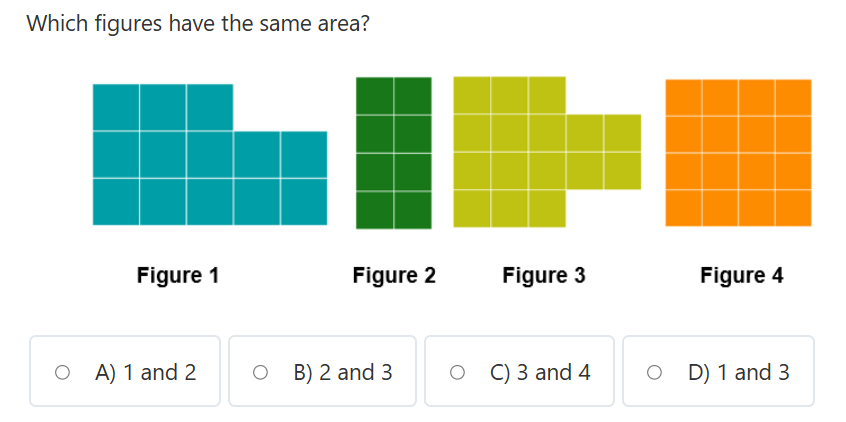
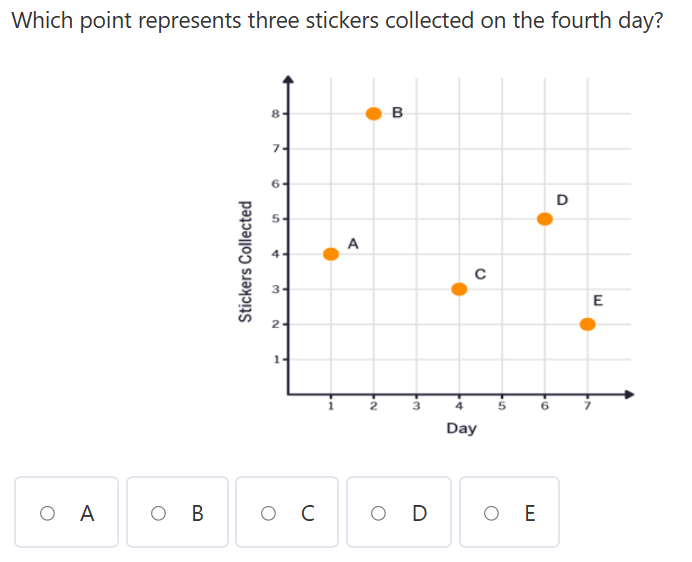
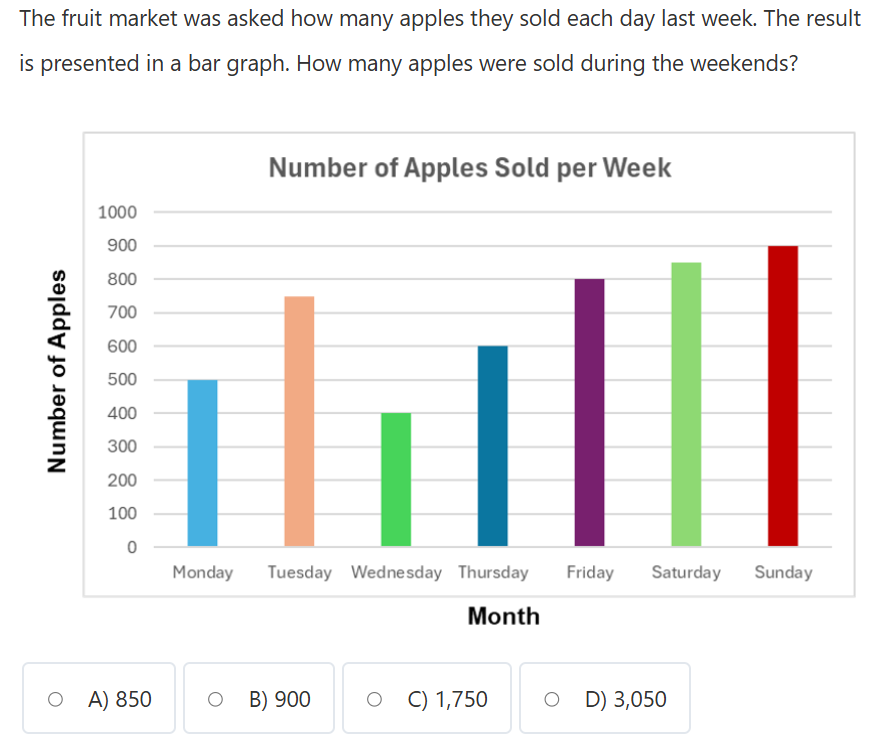
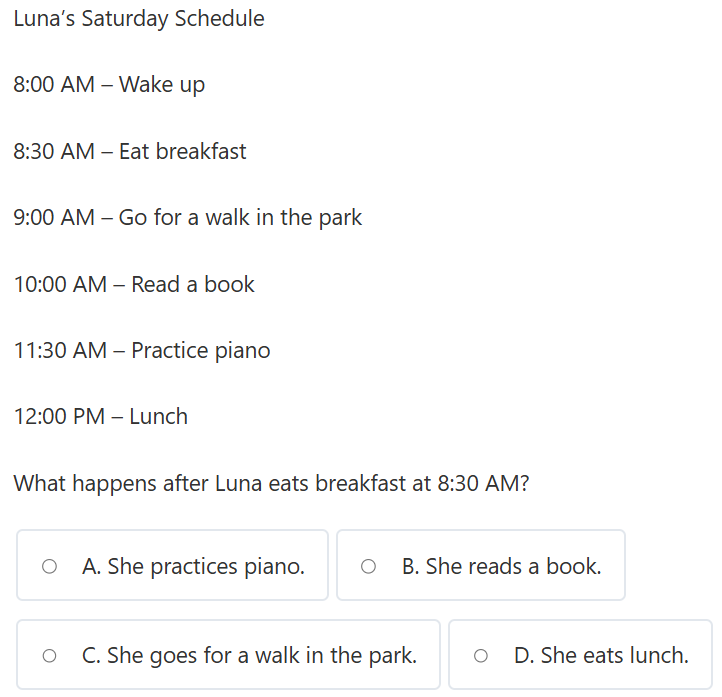
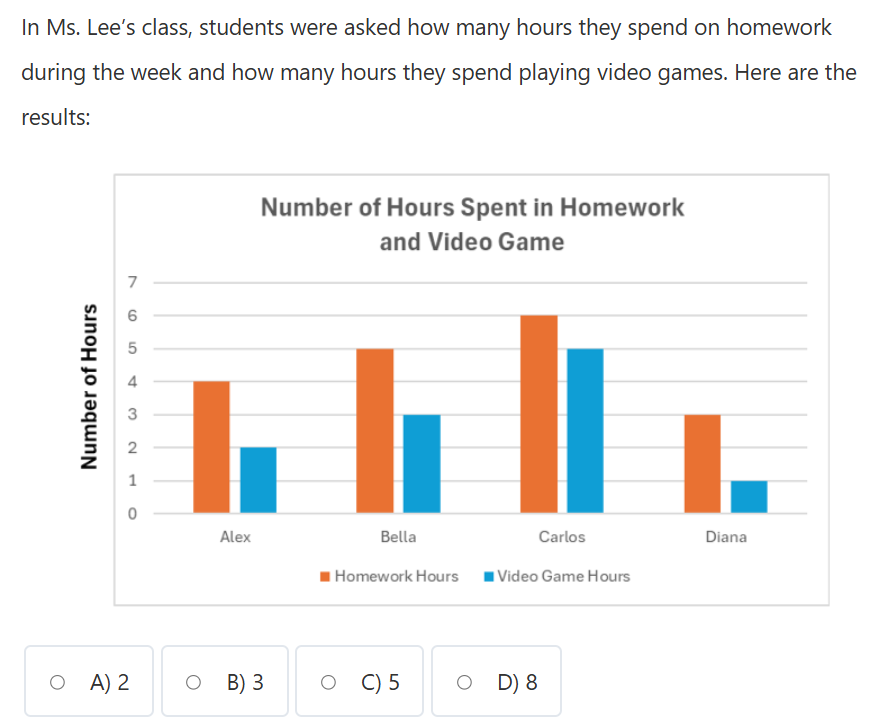
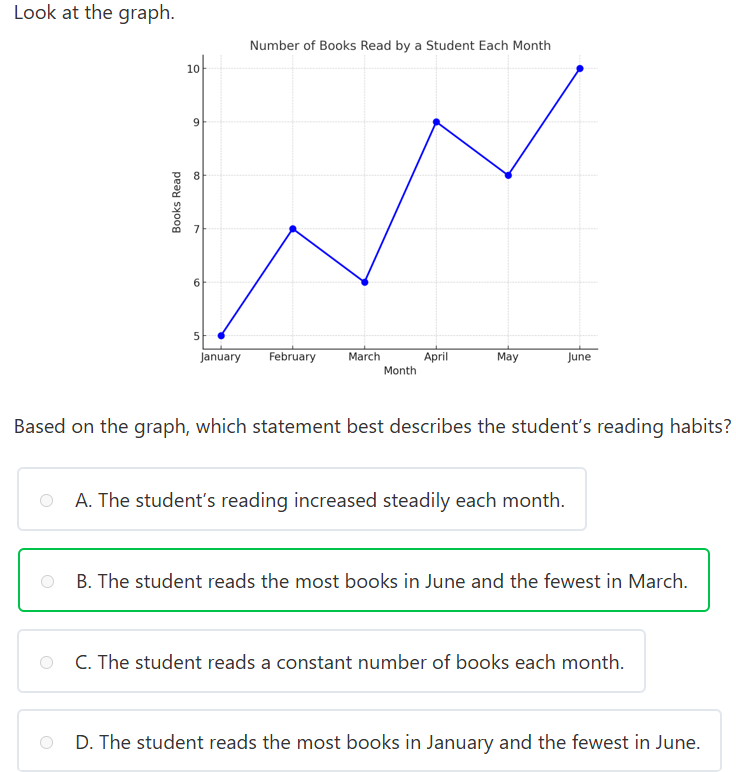
Course Content
One-time Payment & 6-Month Unlimited Access
Understand the MAP Scores for 2nd Grade [Chart Included]
The MAP test measures your child’s academic growth using RIT scores. These scores reflect what your child knows and identifies areas for further growth.
Teachers and parents use this information to support personalized learning and set clear academic goals.
MAP Test 2nd Grade Scores Chart
| 2nd Grade | ||||
|---|---|---|---|---|
| Mathematics | Language Usage | Reading | Percentile | |
| Higher Achievement | 196 | 200 | 197 | 95 |
| 188 | 190 | 187 | 84 | |
| 181 | 182 | 180 | 69 | |
| Median and Mean | 175 | 174 | 172 | 50 |
| Lower Achievement | 169 | 166 | 165 | 31 |
| 162 | 158 | 157 | 16 | |
| 154 | 148 | 147 | 5 | |
To see an in-depth explanation of these scores, visit our comprehensive MAP test scores guide >>
How to Help Your Child Improve MAP Scores
- Engage in Regular Practice: Consistent practice in reading, math, and language skills (as you can find on this page) can strengthen understanding and proficiency.
- Address Specific Weaknesses: Focus on areas where your child shows difficulty, using targeted exercises to build competence.
- Encourage a Growth Mindset: Promote the belief that abilities can improve with effort, fostering resilience and a positive attitude toward learning.
Give Your Child the Competitive Advantage on the MAP Test
Your child deserves the best preparation to feel confident and perform their best on the MAP test. That’s why we’ve created a thorough practice package tailored to meet their needs.
Immediate Access to Expertly-Crafted Questions
Get instant access to practice materials thoughtfully designed to reinforce essential math, reading, and language usage skills, aligned with MAP standards.
Track & Support Your Child's Progress
Our targeted quizzes and clear explanations help you identify your child's strengths and quickly address areas for improvement and gaps.
Start Today and See Your Child Thrive!
One-time Payment & 6-Month Access
100% Satisfaction Guarantee
